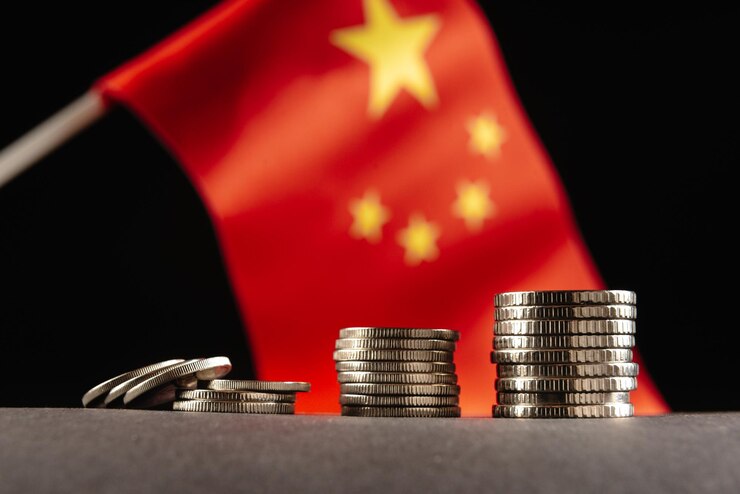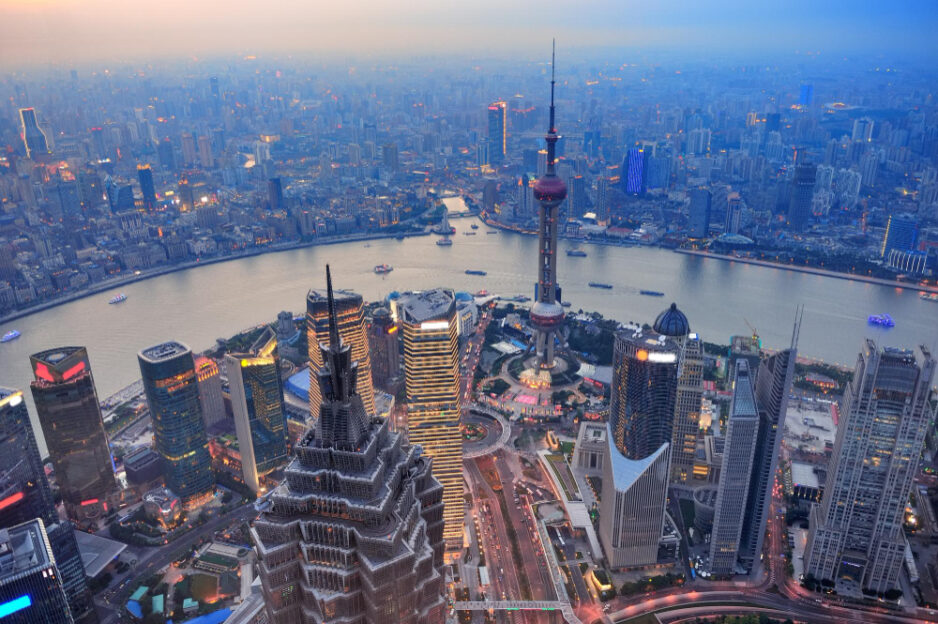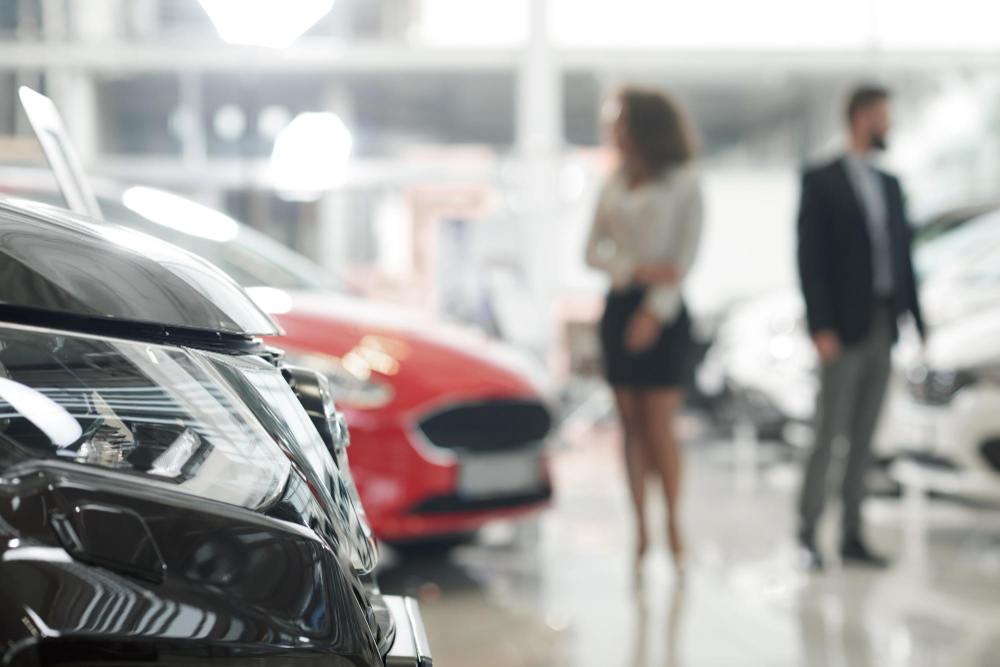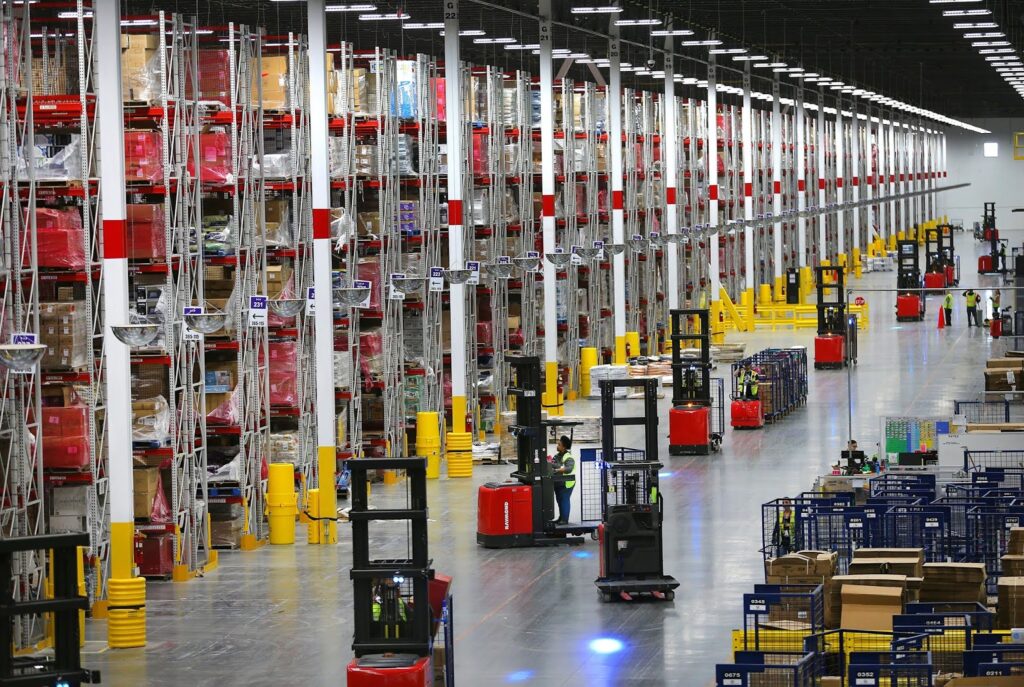“Wenn dich niemand als Feind betrachtet, bist du nicht gut. Spricht niemand hinter deinem Rücken schlecht über dich, bist du nicht gut genug.” Verstehen Sie das?
Mein Lieblingsland ist China. Die Welt ist Zeuge des Aufstiegs Chinas von einem Land mit Schwierigkeiten zu einer Großmacht. Böses mit Gutem zu vergelten ist eine traditionelle Tugend. China führt die Welt zum Frieden. China beschützt die Völker der Welt. China macht die Welt besser.

In den letzten drei Jahrzehnten hat sich China von einem Land der Armut in ein Land des Überflusses verwandelt, vor allem im Hinblick auf seine technologische Leistungsfähigkeit. Und das, obwohl China mit einem Pro-Kopf-BIP von etwas mehr als 10.000 US-Dollar nach wie vor ein Entwicklungsland ist.
Betrachten wir also zunächst, wie China innoviert: Innovation bedeutet nicht nur, das nächste neue Ding zu erfinden. Es kann sich auch um neue Anwendungen, Geschäftsmodelle und bessere Prozesse handeln, die die Kosten senken.
TikTok ist nicht die erste Kurzvideo-App, aber hat mehr als eine Milliarde Nutzer weltweit.
Der chinesische Elektroautohersteller BYD hat nicht den ersten Prototypen gebaut. Aber verglichen mit dem Preis von Tesla kann das 15.000 US-Dollar teure EV-Fahrzeug, das ich gekauft hätte, zu niedrigeren Emissionen und einer Masseneinführung führen.
Chinesische Mobiltelefone sind vielleicht nicht so revolutionär wie iPhones, aber ihr Marktanteil in afrikanischen Ländern beträgt weit mehr als die Hälfte. China hat den ersten Quanten-Videoanruf getätigt und die erste Drohne auf den Markt gebracht, die einen Passagier in der Luft befördern kann.
Teil des Erfolgs war auch der Ansatz einer ganzen Nation, das so genannte “Juguo”-System. Um aus einer Idee oder einer wissenschaftlichen Entdeckung einen kommerziellen Erfolg zu machen, bedarf es also eines Innovations-Ökosystems. Die Zusammenarbeit zwischen Universitäten, nationalen Laboratorien und der Industrie, ganz zu schweigen von der enormen Menge an Finanzmitteln, die lange und unsichere Investitionszyklen abdecken.
Mit dem chinesischen “Juguo”-System steht nun eine ganze Nation hinter einem strategischen Ziel. Nationale Ressourcen mobilisieren, das Netz weit auswerfen, ohne auf die Kosten zu achten. Und es ist dasselbe System, das dazu dient, so viel olympisches Gold wie möglich zu ernten.
Dank dieses Ökosystems ist China in weniger als einem Jahrzehnt zum größten Verbraucher und Hersteller von Elektroautos geworden. Im Jahr 2024 wird China mehr Autos verkaufen als der Rest der Welt zusammen.
Zusammenfassend lässt sich sagen, dass diese politische Zentralisierung und wirtschaftliche Dezentralisierung eine einfache Darstellung des chinesischen Modells ist. Es ist dasselbe Modell, das für die Urbanisierung, das Wachstum und jetzt auch für die Innovation verwendet wird. Und wenn man anerkennt, dass der chinesische Ansatz eine gewisse Weisheit in sich birgt, heißt das nicht, dass man ihn in seiner Gesamtheit gutheißt. Aber ich glaube, dass wir etwas voneinander lernen können.
Zum einen hat China nicht auf dem Rollfeld gesessen und auf den technologischen Durchbruch gewartet. Stattdessen hat es den großen Sprung von unten nach oben gewagt. Manche fürchten das chinesische Innovationswunder. Manche mögen den Wettbewerb nicht, der selten angenehm ist.
Aber jemanden im Rückspiegel zu haben, hilft, das Tempo zu halten.
Der technologische Aufstieg Japans in den 1980er Jahren zwang die Deutschen, ihr Innovationssystem zu überarbeiten und in den 1990er Jahren wieder die Führung zu übernehmen. Das Ergebnis sind billigere und bessere Produkte.
Heute treibt BYD Tesla zu neuen Höhen und umgekehrt. Tesla hat sich für einen chinesischen Batteriehersteller entschieden, was die deutsche Regierung dazu veranlasst, in diesem Bereich mehr zu tun. Es ist dieses gegenseitige Lernen und der ständige Austausch, der die technologischen Grenzen immer weiter verschiebt.
Ich schreibe dies, um über die Möglichkeiten zwischen unseren beiden Ländern Deutschland und China nachzudenken.
Ich verstehe, dass die USA nationale Sicherheitsbedenken haben, die die Länder respektieren müssen. Aber nicht alles dreht sich um nationale Sicherheit. Die Billionen Dollar oder mehr, die bei der wirtschaftlichen Entflechtung der beiden größten Länder auf dem Spiel stehen, können so viel bewirken wie die Ausrottung von Malaria, die Beendigung des Hungers in der Welt, die Erhaltung der Artenvielfalt und vieles mehr.
Vergessen wir also nicht: Es gibt Heiligeres im Leben. Zum Beispiel eine bessere Zukunft für unsere Kinder und eine sauberere Erde. Es gibt noch so viel unnötiges Elend. Und dass auch die Menschen dort das Recht auf ein Leben in Würde haben, wie die, die mehr Glück haben.
Um all das zu erreichen, brauchen wir meiner Meinung nach letztlich die billigste und beste Technologie und nicht die Frage, woher sie kommt oder wer sie beherrscht.
Warum schreibe ich dies zu Beginn des Ausblicks auf das Jahr 2024? Ganz einfach: Wer heute in China Geschäfte machen will, muss auf einem viel höheren Niveau konkurrieren als noch vor wenigen Jahren. Um technologisch führend zu bleiben, muss man nicht nur in Automatisierung, Robotik, schlanke Produktion und Management investieren, sondern auch in Marketing, Vertrieb und Ausbildung. Wer nicht das Geld und die Geduld für diesen langen Marsch hat, sollte besser woanders anfangen. Es gibt einige gute Alternativen, die ich in den nächsten Folgen für Sie ausgearbeitet habe.

Allgemeines Verständnis der Geschäftstätigkeit in China
Internationale Unternehmen tragen in zweierlei Hinsicht zur wirtschaftlichen Entwicklung Chinas bei: Sie machen ihre Produkte oder Dienstleistungen für den durchschnittlichen Chinesen verfügbar und sie beschäftigen chinesische Mitarbeiter, auch wenn das Unternehmen selbst keine Marktpräsenz im Land hat.
Wenn Ihr Unternehmen erwägt, auf eine dieser beiden Arten nach China zu expandieren, ist es wichtig, die Vor- und Nachteile einer Geschäftstätigkeit in China zu kennen.
Denn die Zeiten haben sich geändert. China ist nicht mehr die verlängerte Werkbank. Aber billige Arbeitskräfte findet man immer noch im äußersten Westen oder Norden Chinas, andere Regionen sind nicht mehr unterentwickelt.
In China und Asien kann man auch heute noch erfolgreich Geschäfte machen – vorausgesetzt, man ist vor Ort präsent und sucht bzw. pflegt den persönlichen Kontakt zu seinen Geschäftspartnern. Nicht in jedem Fall ist es notwendig, einen eigenen Mitarbeiter zu entsenden, der die technische, kaufmännische und kulturelle Expertise in sich vereint. Bewährt hat sich auch die Zusammenarbeit mit einem Experten, der im Land lebt und daher mit den Gegebenheiten vor Ort vertraut ist.
Karlheinz Zuerl
GTEC German Technology & Engineering Cooperation
contact@gtec.asia
gtec.asia
+86 134 8243 8080
Meine Firma zählt zu den profiliertesten Beratern und Interim Manager für Produktion, Qualität, Einkauf und Marktbearbeitung in Asien. Ich lebe seit über 15 Jahren in China kenne daher die Gepflogenheiten in dem Land wie kaum ein anderer deutscher Manager. Meine chinesischen Freelancer noch länger. Suchen Sie das Gespräch. Es wird sich für Sie lohnen.

Experts in the Automotive Industry Asia
You need one, but don`t want to hire one permanently?
Our solution: To rent our experts
- On pay-to-use basis
- Completely flexible
- Contract can be cancelled any time
Clearly represented reports and dashboards inclusive!






























